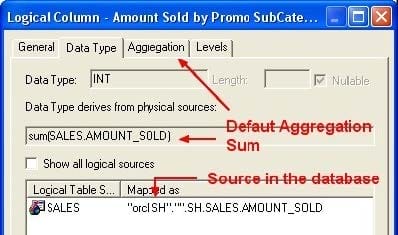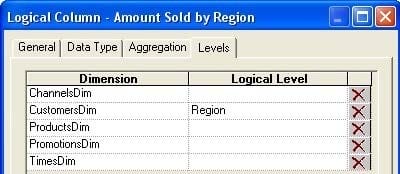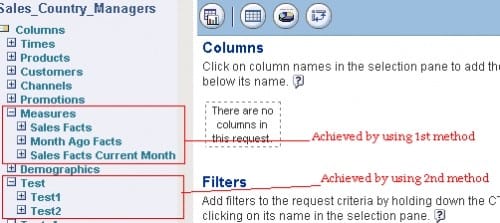
1Z0-591 Exam Questions & Answers
Exam Code: 1Z0-591
Exam Name: Oracle Business Intelligence Foundation Suite 11g Essentials
Updated: Apr 30, 2024
Q&As: 120
At Passcerty.com, we pride ourselves on the comprehensive nature of our 1Z0-591 exam dumps, designed meticulously to encompass all key topics and nuances you might encounter during the real examination. Regular updates are a cornerstone of our service, ensuring that our dedicated users always have their hands on the most recent and relevant Q&A dumps. Behind every meticulously curated question and answer lies the hard work of our seasoned team of experts, who bring years of experience and knowledge into crafting these premium materials. And while we are invested in offering top-notch content, we also believe in empowering our community. As a token of our commitment to your success, we're delighted to offer a substantial portion of our resources for free practice. We invite you to make the most of the following content, and wish you every success in your endeavors.

Download Free Oracle 1Z0-591 Demo
Experience Passcerty.com exam material in PDF version.
Simply submit your e-mail address below to get started with our PDF real exam demo of your Oracle 1Z0-591 exam.
![]() Instant download
Instant download
![]() Latest update demo according to real exam
Latest update demo according to real exam
* Our demo shows only a few questions from your selected exam for evaluating purposes
Free Oracle 1Z0-591 Dumps
Practice These Free Questions and Answers to Pass the Oracle Java Exam
An organization has re-implemented one of its systems but has not moved history. One database has data for all years up to 2010 and the other has data for years from 2011 to the present. The organization needs data from the years 2010
and 2011 on a single report.
How can you model this in the RPD?
A. By creating two Logical Fact Tables for each database
B. By creating joins in the physical model so it looks like a single table
C. By creating two logical table sources, that specify in Content tab using the Fragmentation content areas to specify the years for each source
D. By creating two logical table sources and checking the "This Source should be combined with other sources at this level" box leaving the Fragmentation content area blank.
E. By creating one logical table sources and checking the "This Source should be combined with other sources at this level" box
When creating a new dimensional hierarchy in the BI Administration tool, right click the dimension, then select "New Object" What must be selected next?
A. Logical Key
B. Parent Level
C. Child Level
D. Dynamic Key
A customer needs to create a product share calculation. What are the two ways that they would get the revenue for all products to use in the denominator?
A. Create a derived measure by using the addition function that adds each product value together.
B. Create a derived measure based on Revenue that has the Level Total Product selected on the Level Tab of the Logical Column Dialog.
C. Create a derived measure based on Revenue that has all the levels selected on the Level Tab of the Logical Column Dialog except Total Product.
D. Create a derived metric by using the Expression Builder.
An organization would like to see a Time folder with subfolders for its Fiscal and Julian calendars. How would you accomplish this?
A. By creating Presentation Folder called Time and then two subsequent folders called -> Fiscal Calendar and -> Julian Calendar
B. By creating a Presentation Folder called ->Time called then two subsequent folders called Fiscal Calendar and Julian Calendar
C. By creating a Presentation Folder called -Time and then two subsequent folders called + Fiscal Calendar and + Julian Calendar
D. By creating a Presentation Folder called Time
An integrated BI tools business case can be built around which three options?
A. Scalability
B. Fault tolerance
C. Cost Savings
D. Development efficiency
Viewing Page 3 of 3 pages. Download PDF or Software version with 120 questions





